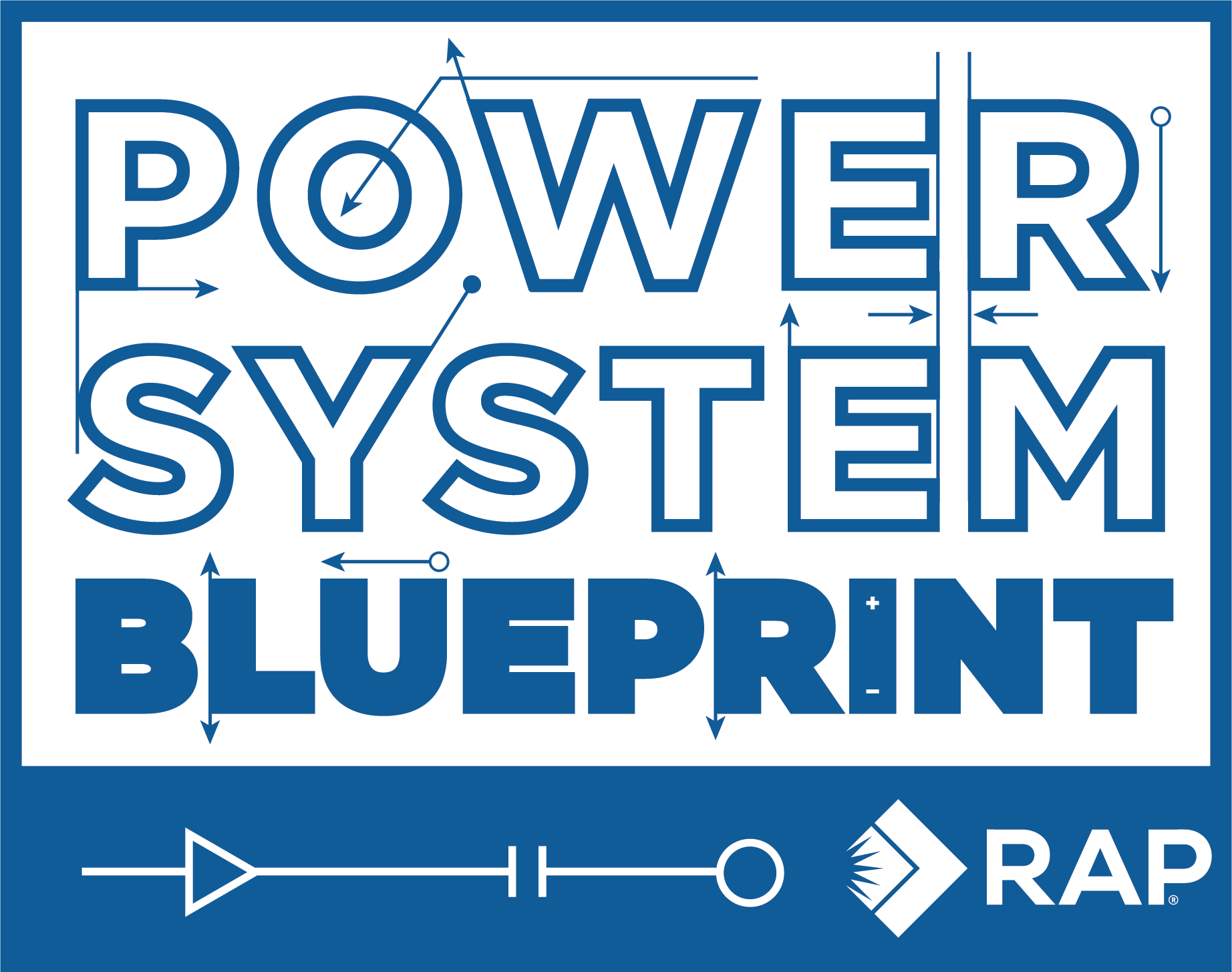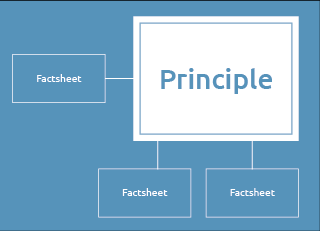SUMMARY
Many Member States currently implement an imbalance regime built on a dual and average price formulation. This departure from a cost-reflective approach — a single marginal price — embeds inefficiency. An average price weakens incentives to balance and, along with a dual price, enhances overall costs to the detriment of the consumer. Additionally, current widespread application of pay-as-bid approaches in remuneration of balancing energy presents drawbacks by impeding cost discovery. Reforms as motivated by the Electricity Regulation and the Balancing Guidelines are therefore welcome, with adoption of single marginal pricing in balancing products and in expression of these costs through imbalance prices. However, progress is slow — the plans of transmission system operators (TSOs) to join platforms will incur a delay of a year for many countries — and there is a risk that granting of exemptions for specific products impedes progress. The solution is robust scrutiny by NRAs and ACER of applications for exemptions, monitoring and providing resources to support timely delivery.
WHAT
System efficiency through efficient imbalance and balancing price signals
HOW
Establish marginal and single imbalance prices, and pay as clear balancing prices
WHO
Policymakers, regulators and system operators
WHEN
By 2023
First, some definitions:
Dual and single imbalance prices. Typically, a dual imbalance price is designed to ensure that a party contributing to the system imbalance faces a price that reflects the cost of balancing, while a party reducing the system imbalance faces a different price, frequently a market price. In a single price regime, the latter price is replaced with the former price.
Average and marginal prices. An average price reflects the cost of all actions — or at least a subset of actions — the system operator undertakes to balance the system, while a marginal price builds the imbalance price on the single most expensive action required.
Pay-as-bid and pay-as-clear. Pay-as-bid in the balancing mechanism sees the system operator remunerate each successful resource at its offer price. Pay-as-clear remunerates them all at the price of the most expensive successful offer.
Marginal imbalance prices provide wholesale market participants with an incentive to balance their positions in advance of gate closure, where doing so is cheaper for the system than leaving the imbalance to be addressed in the balancing market. This improved cost reflectivity encourages efficient interactions between the wholesale market and the balancing market and aligns private incentives with the goal of system efficiency. It also supports system efficiency in a dynamic sense by providing investment incentives to diversify by location to address risks of correlation in generation of renewables or in innovations such as those that support improved forecasting. A single imbalance price also supports cost reflectivity and remedies excessively strong incentives on parties to balance their positions (typically, dual prices are constructed as such). A harmonised approach across Europe provides a level playing field and supports gains from trade.
Currently, however, only 13 Member States are identified as implementing an imbalance regime built on single price formation, and only eight are using marginal price formulation.
A welcome driver of change, therefore, are the Electricity Balancing Guideline, which defines default standard products — subject to a marginal price— in fast frequency reserve platforms (automatic as well as manual) for implementation in mid-2022 (delayed from 2021). The replacement reserve market is already functioning. With these reforms, single marginal pricing will be effected in balancing markets. As for expression of these balancing costs through imbalance prices, with go-live of platforms, TSOs are required to use a single imbalance price. And as the balancing products are to be remunerated using a marginal (pay-as-clear) approach, the imbalance price formation that builds upon these balancing prices should be marginal.
Whilst all of this should support efficiency, provisions provide scope for the granting of exemptions — and are being granted — for specific balancing products that will allow TSOs to draw from associated platforms that deviate from this approach. Similarly, with the application of single pricing in imbalance pricing, there is again a scope for exemptions: the application of a dual approach may be approved by NRAs.
This suggests that it is important NRAs and ACER monitor and scrutinise applications for balancing products and imbalance price formulation that deviate from single marginal pricing and, in assessing them, take account of the full benefits of an efficient and harmonised approach as envisaged in the Electricity Balancing regulation.
MYTH
Energy Price Formation
The scope of this factsheet is marginal and single prices – under the heading of cost-reflective prices – in imbalance price formation and in balancing markets. These reforms sit alongside other important design elements in supporting efficient formation of energy prices, notably marginal cost and single pricing in imbalance price formation and in balancing markets (see Scarcity Pricing factsheet) and locational pricing (see Locational Marginal Pricing factsheet), as presented in the figure below.
More broadly, marginal pricing (also known as pay-as-clear), which is currently a feature of wholesale markets in Europe, incentivises the party with the cheapest additional offering to balance demand and supply for electricity. A clearing price that is linked to marginal cost thus drives minimisation of total long-run cost and maximises societal welfare.
Locational Pricing
- Supports locational investment signals for generators and consumers and addresses network bottlenecks, without costly redispatch
- Focus of reform: wholesale prices
Scarcity Pricing
- Allows efficient valuation of reserves that enable the least cost penetration of renewables, and limits need for costly interventions
- Focus of reform: Imbalance pricing and balancing energy prices
Marginal Pricing
- Supports an efficient allocation of effort between markets
- Focus of reform: imbalance pricing and balancing energy prices
Single Pricing
- Provides efficient signals to guide balancing behaviours and removes unhelpful signals to integrate vertically
- Focus of reform: imbalance pricing and balancing energy prices
Source: RAP graphic
Key Recommendations
- NRAs and ACER should monitor and scrutinise applications for balancing products and imbalance price formulation that deviate from single marginal pricing and in assessing them take account of the full benefits of an efficient and harmonised approach as envisaged in the Electricity Balancing Guideline.
- Monitor and build resources to support delivery of joint platforms by TSOs of in a timely manner.
References and Further Reading
- Agency for the Cooperation of Energy Regulators. (2020). Methodology for the harmonisation of the main features of imbalance settlement. ACER Decision on the imbalance settlement harmonisation methodology, Annex 1.
- European Commission. (2019). Regulation (EU) 2019/943 of the European Parliament and of the council of 5 June 2019 on the internal market for electricity.
- European Network of Transmission System Operators. (2017) Electricity Balancing Guideline.
- European Network of Transmission System Operators. (2021). aFRR-Platform Accession roadmap.
- European Network of Transmission System Operators. (2021). Survey on ancillary services procurement, balancing market design 2020.
- Office of Gas and Electricity Markets. (2014). Electricity balancing significant code review — Final policy decision.
- Office of Gas and Electricity Markets. (2018). Review of the first phase of the Electricity Balancing Significant Code Review.
- Willis, P. (2016). Refining electricity imbalance and balancing prices. Bird & Bird.
- Published:
- Last modified: June 18, 2025

 Quick guide on how to use this website:
Quick guide on how to use this website: